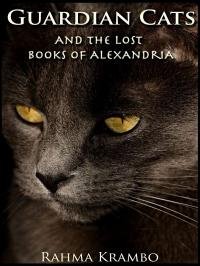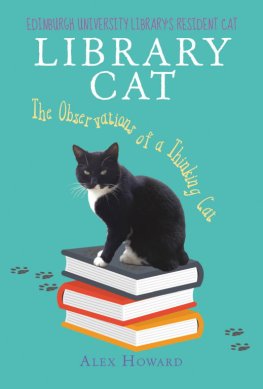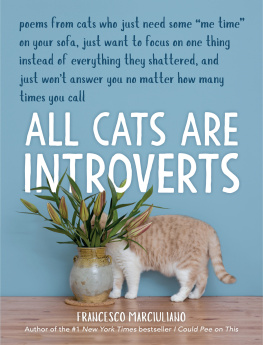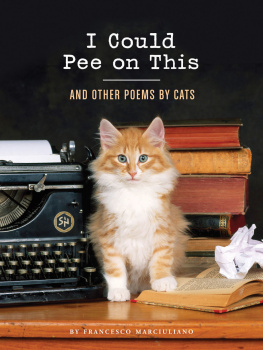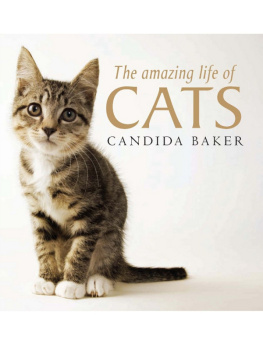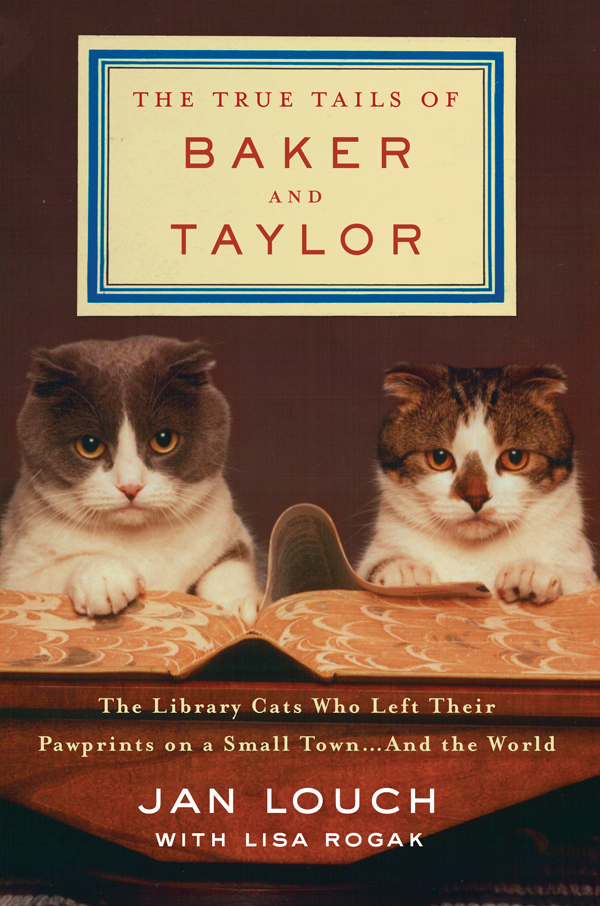Contents
Guide

The author and publisher have provided this e-book to you for your personal use only. You may not make this e-book publicly available in any way. Copyright infringement is against the law. If you believe the copy of this e-book you are reading infringes on the authors copyright, please notify the publisher at: us.macmillanusa.com/piracy.
For Yvonne Saddler, Bill Hartman, and the staff at the Douglas County Public Libraryold and newwithout whom this story could not be told
When I was just eighteen months old, way back in the clutches of the Great Depression, people were desperate.
The Lindbergh baby had been kidnapped in 1932, and there had been a slew of copycat kidnappings aimed at families that had the appearance of having more than the majority of people back then, which of course didnt take much. Before the crash of 1929, my family had been comfortable enough, but by 1932 the family fortune had pretty much been wiped out, and both my mother and father were working at the only menial jobs they could find. The sole vestige of affluence that remained came in the form of a Craftsman-style house on Kelton Court in Piedmont, California, which made us a prime target.
One day, my mother set me out in the yard in a playpen while she busied herself inside. Scrapper, our fox terrier, sat alongside as I amused myself with my dolls and alphabet blocks.
A car pulled up in front of the house and a man stepped out. As he approached the playpen, Scrapper uttered a low growl. When the man stretched out his arms to grab me, Scrapper went into the air and aimed straight for the mans jugular.
He missed, but the would-be kidnapper ran back to the car, Scrapper stayed right on his heels, snarling and baring his teeth. My mother came out of the house just in time to see the getaway car speed off. I was safe and Scrapper was a hero.
When my father died almost seven decades later, we found Scrappers collar and tags tucked in with his valuables. That feisty little dog had played a life-changing role in our lives, and it was one that we never forgot.
* * *
Later on in the decade, the Depression had loosened its grip on the nation only to be replaced by the uncertain future that World War II brought to our lives. I turned to our own pets as well as a variety of animals around the neighborhood for some degree of comfort since I spent much of my time by myself. I also looked to books for entertainment and quickly discovered that they too served as a soothing distraction, with the added bonus of opening a window onto the world for me. I was amazed that I could explore it all from my tiny corner of the universe.
I am not ashamed to admit that I became addicted to books in no time at all. After I plowed through my own familys sizable collection and then the public library a few blocks awaywhere my almost-daily presence and prodigious reading habits greatly annoyed the matronly, dyspeptic librarianI moved on to the neighbors unlocked houses (with permission, mostly), which contained absolute treasure troves of books.
I dove right in, and was happiest whenever my two favorite things in the world, reading and animals, would come together. I sat outside in the yard with my nose in a book and a cat or dog would wander close. Id reach out to caress the furry head while the act of reading brought me to worlds I dreamed of visiting in person, imaginary or not.
And whenever a book was about an animalas in the Oz books or Rikki-Tikki-Tavi by Rudyard Kiplingwell, I dont know how life could have ever gotten any better.
* * *
I still dont. I had no way of knowing back then that books and animals would always be intertwined for me in one way or another. So as I became an adult and experienced my fair share of lifes disappointmentsfrom the strain of a devastating divorce to learning how to adjust to a new life and find a job that didnt sap my energy or my spiritanimals and books continued to provide a welcome escape from the world, even if just for a little while.
The mere idea of having a job where I could be surrounded by both books and animals, well, even that seemed too far-fetched for some of the fantasy stories I loved to devour as a child. But thats just what happened: I found work as a librarian, and then a couple of cats with funny ears named Baker and Taylor came on board as my feline colleagues and friends.
All of uspatrons and staff alikequickly fell in love with the Scottish Folds. Then after they became the mascots for the Baker & Taylor book wholesaling company, complete strangers fell in love with them, too. Fans called to say hi, wrote letters and sent mash notessometimes from their own catsand made the pilgrimage to my tiny town in the shadow of the Sierra Nevada Mountains of western Nevada to meet them.
Where are the cats? was often the first thing out of someones mouth as soon as they walked through the door. Id say, I saw them heading that way about ten minutes ago, and off theyd go. We were a bit surprised, but not entirely, because after all, we loved the cats.
Renowned cat therapist and author Carole Wilbourn put it best: A library is a perfect abode for a cat. It makes people feel good, and it makes the cat feel good. People come in and say, Cats live here. What could be better?
Of course, many people already realize this; its no wonder that millions of people around the world who first saw Baker and Taylor on a poster fell in love with the cats. They served as the perfect symbols for the connection that many people have with both books and cats. Based on my observations from working in a library for almost two decades, I think that people who are avid readers prefer not to interact a lot with other people because communicating with another human tends to interfere with your reading. However, a substitute that does not speaklike a dog, cat, bird, turtle, or whateveris perfectly fine; the animal is not going to talk back to you, at least not with words. Its the perfect world: you can spend time with both books and animals simultaneously.
Having a couple of cats who lived at the library for almost fifteen years was not always easy, but as the saying goes, it was never dull, which was the case for both staff and patrons alike, as well as for the thousands of visitors who made a special trek to the library just to meet Baker and Taylor.
Today, many people who clamor for the cat calendars and stand in line to have their picture taken with the humans dressed in Baker and Taylor costumes at the Baker & Taylor booth at library conventions and trade shows have no idea why a pair of Scottish Folds represent the company; they only know that their convention wouldnt be complete without the latest Baker & Taylor book bag with a picture of the cats on it to bring back home.
They also dont know how the cats helped the people who lived in the town around the library as they learned to adjust to development and rapid growth that wasnt always easy to deal with. Or how they helped a sometimes ragtag group of librarians navigate a world of rapidly changing technology.
Or indeed, how they helped one librarian in particularmemake peace with a whole slew of tough life changes and come out ahead.
Now that Im retired, though still reading just as many books as ever, I think its time to tell the story of Baker and Taylor, a couple of cats with funny ears who lived in a library in Minden, Nevada, and helped people in the community and all over the world feel better about reading and themselves.



